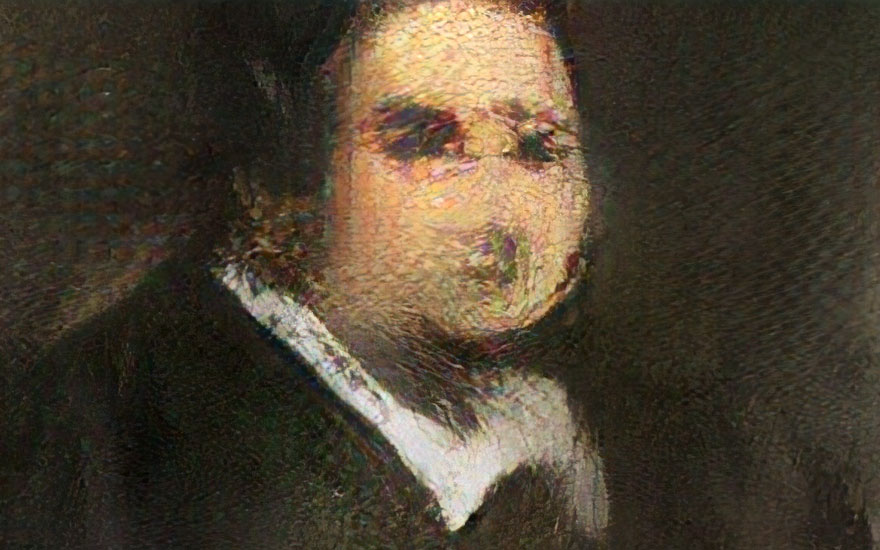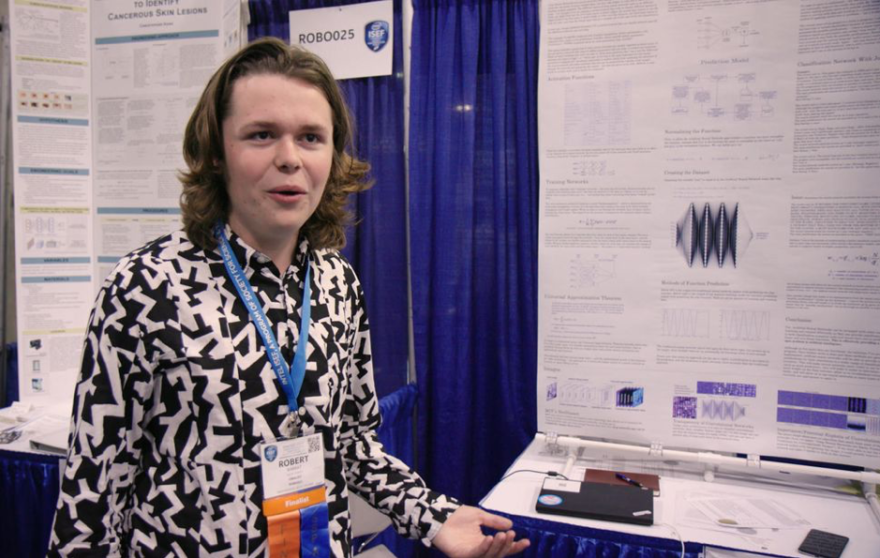From training a computer to write original rap songs by feeding it thousands of Kanye West lyrics to teaching it to make landscape paintings and nude portraits by feeding it even more photos from the internet, 19-year-old Robbie Barrat developed and shared code that would later shock the art world.

Last Friday, a portrait produced by artificial intelligence was hanging at Christie’s New York right opposite an Andy Warhol painting and was sold for $432,500 by an anonymous phone bidder. What’s more interesting and astonishing is that a 19-year-old from the postcodes of West Virginia was behind the development of the AI code for the painting, which is being highly debated over right now. The code was a part of work that Barrat completed in his free time when he was bored at the budding age of 17. He started using computers to venture into the world of art and now do we have a whole new movement of art or what?

AI has led to some significant technological advancements over the past couple of years, but the 19-year-old broke that boundary, diving into a whole different territory, where a California-based technology firm Nvidia wanted to hire him for his work.
The expected price of painting was hanging between $7,000 and $10,000 but ‘The Portrait of Edmond Belamy’ ended up selling for a way higher price. The artwork was created by a collective named Obvious. The three members of Obvious, a trio of 25-year-old French students, used a type of machine learning algorithm known as a GAN (generative adversarial network) to create the picture. The network was trained on a dataset of historical portraits, and then it tried to create one of its own. Obvious printed the image, framed it, and signed it with part of the GAN’s algorithm. But this took a debatable turn when, Obvious admitted to using the code for the painting from Barrat, although this led to an interesting point as Barrat is hasty on claiming total ownership of the work as he shared it under an open-source license.
Art and controversy are quite the pair and with Barrat’s claim of inventing the code behind the painting seems to be the epitome of it a new one has risen. What do you think?







